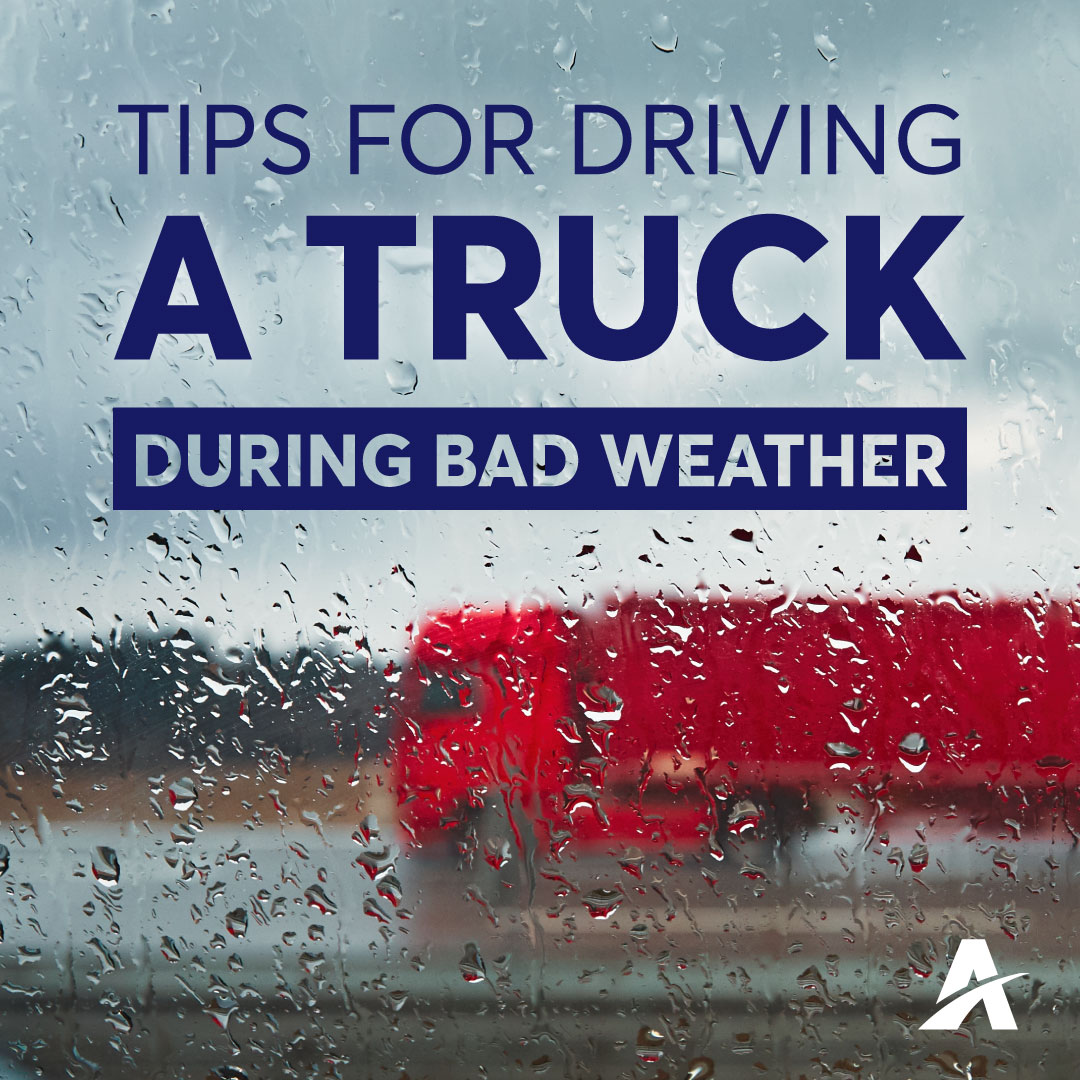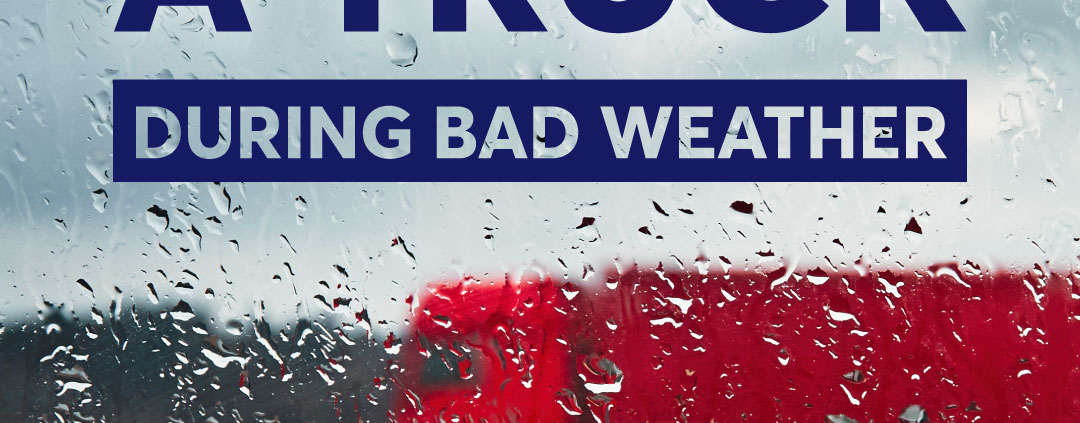
In bad weather, driving a truck becomes even more difficult. Rain and other adverse weather conditions such as snow and fog have a direct impact on road conditions which, in turn, affect how you drive.
Therefore, Andamur, following some General Directorate of Traffic indications, gives you some tips to drive your truck more safely in bad weather:
- Increase the safety distance. Rain and snow cause tyres to lose grip, so increasing your safety distance is key should an unforeseen event occur.
- Watch out for the first drops. The danger starts as soon as the first drops fall, as they mix with the materials and substances that impregnate the surface, creating a highly slippery film. Doubling the braking distance will help to ensure safety.
- Foresee. Don’t let your guard down at any time, especially in adverse weather conditions. Observe your surroundings carefully, looking as far in front as possible to increase your field of vision, which allows you to “see without looking”, which is typical of peripheral vision.
- Check the weather forecast. Before setting off on your journey, you must check the forecast to avoid surprises at the wheel and to be able to adapt your driving to the weather conditions.
- Prepare your cab. Driving in total comfort is more important than we think. Maintaining a temperature between 20°C and 22°C inside the cab is ideal, in summer and winter alike. Higher temperatures can cause drowsiness and fatigue, reducing the ability to react.
- Slow down. You need to adapt speed to the level of visibility at any given moment, and to maintain a speed that allows the vehicle to stop in the event of a rear-end collision or other unexpected situation.
- Use high gears to prevent skidding. When driving up hills or around corners, use high gears to control the truck at all times and to prevent wheelspin and loss of vehicle control. It is also important to change gear smoothly.
- Turn the lights on in heavy rain. If it is pouring rain or the area you are driving in is cloudy, we highly recommend turning on your lights to improve visibility.
These recommendations are key to preventing aquaplaning, a phenomenon that occurs when the tyre does not adhere to the road due to rain, causing the wheels to float and possibly losing control of the vehicle.
Should this happen, the DGT recommends holding the steering wheel firmly, not braking hard and correcting the trajectory gently when grip is regained.
At Andamur, we’re committed to the well-being and safety of professional hauliers. Following these tips is the key to driving more safely and avoiding danger while out on the road.
Look after yourself at the wheel!




